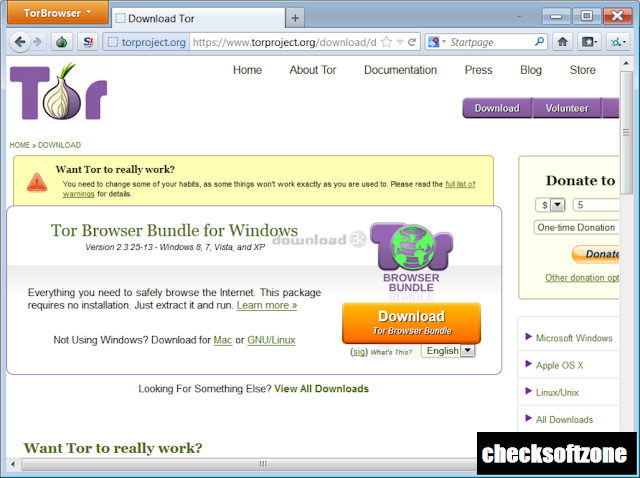

Sega then brought a similar online service to North America, the Sega Channel, debuted in December 1994. The service was also in North America under the name "Tele-Genesis" at the Winter Consumer Electronics Show (Winter CES) in January 1990, but it was never released for the region. Players attached a Mega Modem ( modem, with a speed of 1,600 to 2,400 bit/s) to the "EXT" DE-9 port on the back of the Mega Drive, and used it to dial up other players to play games. Debuting in 1990, this service worked with the Game Toshokan (literally meaning "Game Library") cartridge to download games on the console (meaning that the game would have to be re-downloaded each time). The Sega Net Work System (Sega Meganet) was a network service in Japan for people using the Sega Mega Drive. This device allowed users to access things such as game cheats, stock trades, weather reports, and some downloadable content for their games. The first online initiative by Nintendo was the Family Computer Network System for the Famicom, only released for Japan in 1988. In a November 1996 interview, Shigeru Miyamoto remarked that online multiplayer gaming had not achieved mainstream success, and would not for a long while yet, because the technology of the time could not provide the quick-and-easy startup that general consumers would want from a " plug and play" console.

For a number of years such networks were limited to the Japanese market. However, neither the GameLine or Pla圜able attained mainstream popularity and both services were shut down during the 1983 video game crash.ĭuring the 1990s a number of online gaming networks were introduced for home consoles, but due to a multitude of problems they failed to make a significant impact on the console gaming industry. Services like these did not have multiplayer online gaming capability, but did allow users to download games from a central server and play them, usually requiring a fee for continued access. The GameLine for the Atari 2600 and the Pla圜able for the Intellivision are two notable examples of this. For some consoles, Dial-Up internet connectivity was made available through the use of special cartridges, along with an adapter. The earliest experiments relating to online connectivity on game consoles were done as far back as the early 1980s.


 0 kommentar(er)
0 kommentar(er)
